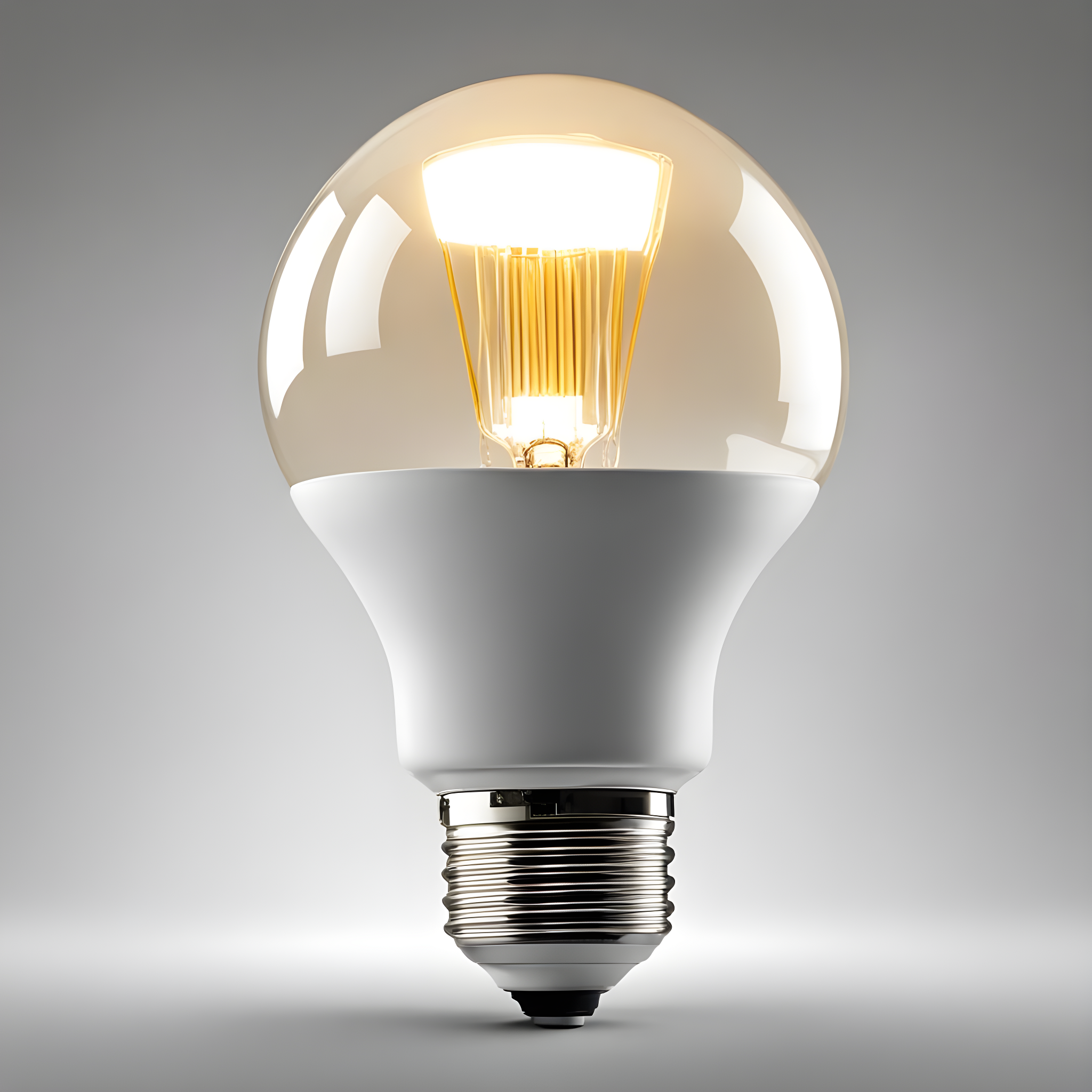Table of Contents
Introduction:
Lets explore that what Happens if You Put a 60W Bulb in a 40W Socket. Imagine yourself in a home improvement store, gazing at the enormous selection of light bulbs that are on display. Unfortunately, you don’t have access to the exact wattage of the burned-out bulb you need to replace. When the socket plainly states that a 40W bulb should be used, it is tempting to reach for a 60W bulb. However, have you ever wondered what would happen if placing a 60W bulb in a 40W socket? We hope to shed some light on this topic by highlighting the implications and security issues connected to this frequent conundrum.
Understanding Wattage:
Before diving into the implications of mismatched wattage, let’s establish a fundamental understanding of what wattage signifies. Wattage is a measurement of electrical power. In simple terms, a 60W bulb consumes 60 watts of power, while a 40W bulb utilizes 40 watts. Every socket comes with a specific wattage rating, denoting the maximum amount of power it can safely accommodate.
The Risks of Overloading:
When you insert a 60W bulb in a 40W socket, you’re essentially asking the socket to manage a higher electrical current than it was designed for. This action can lead to several potential risks and hazards:
1. Overheating:
The most immediate risk of overloading is overheating. The socket, wires, and even the fixture itself can become excessively hot when subjected to an overload. Over time, this can damage these components, reducing their lifespan and posing a considerable risk.
2. Fire Hazard:
Continual overheating can escalate into a fire hazard. This danger becomes more significant if your home’s wiring is outdated or not compliant with safety codes. Consequently, this issue extends beyond damaging the socket or fixture; it becomes a serious safety concern.
3. Decreased Energy Efficiency:
Using higher-wattage bulbs not only jeopardizes safety but also results in increased energy consumption. This can lead to a noticeable spike in your energy bills, making it an inefficient and costly choice in the long run.
Is It Ever Safe?
While some modern fixtures and sockets incorporate safety features that may mitigate the risks, it is imperative to adhere to the manufacturer’s recommendations. If the fixture stipulates a maximum of 40W, it is engineered to dissipate heat effectively for a 40W bulb. Deviating from this guideline poses unwarranted dangers.
Exploring Safer Alternatives:
Understanding the risks, it’s essential to explore alternative solutions that can provide adequate lighting without compromising safety:
1. Embrace LED Bulbs:
LED bulbs offer an excellent alternative to traditional incandescent bulbs. They emit the same amount of light but at significantly lower wattage. It is entirely possible to find an LED bulb that radiates as much light as a 60W incandescent bulb while consuming only 10W of power, remaining well within the safe limits of a 40W socket.
2. Dimmable Options:
For fixtures equipped with a dimmer switch, consider using a 60W bulb by adjusting the brightness level. However, this approach is not foolproof and should only be considered if approved by the manufacturer.
3. Multiple Fixtures:
If you require more illumination in a room, opt for installing multiple fixtures instead of overloading a single one. This distributes the electrical load, mitigating the risk of overheating and potential fire hazards.
In Conclusion:
In conclusion, the consequences of placing a 60W bulb in a 40W socket should not be underestimated. It is akin to playing with fire, both figuratively and literally. The socket and fixture can overheat, and the risks extend to the possibility of fire hazards and increased energy consumption.
Safety should always take precedence. Adhere to the manufacturer’s guidelines, explore energy-efficient alternatives such as LED bulbs, and prioritize the safety of your home and loved ones. After all, when it comes to electrical safety, cutting corners is never worth the risk.
Reference
Suggested Articles
https://techfusionmind.com/light-bulb-sizes-types-shapes-and-codes/

